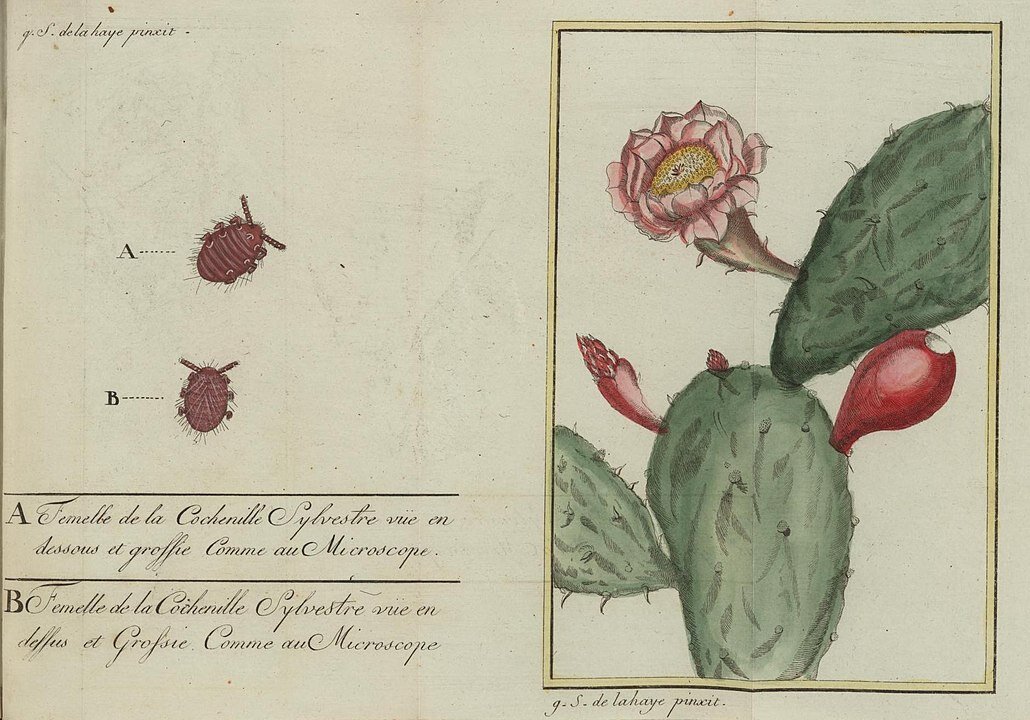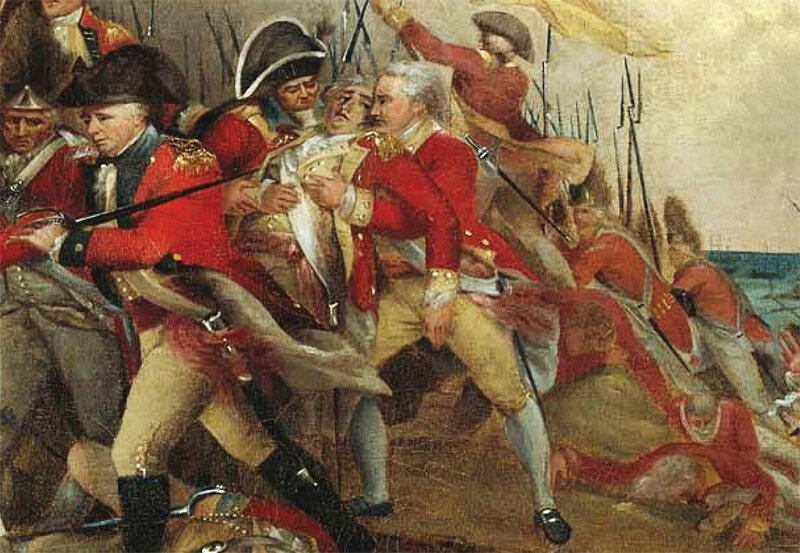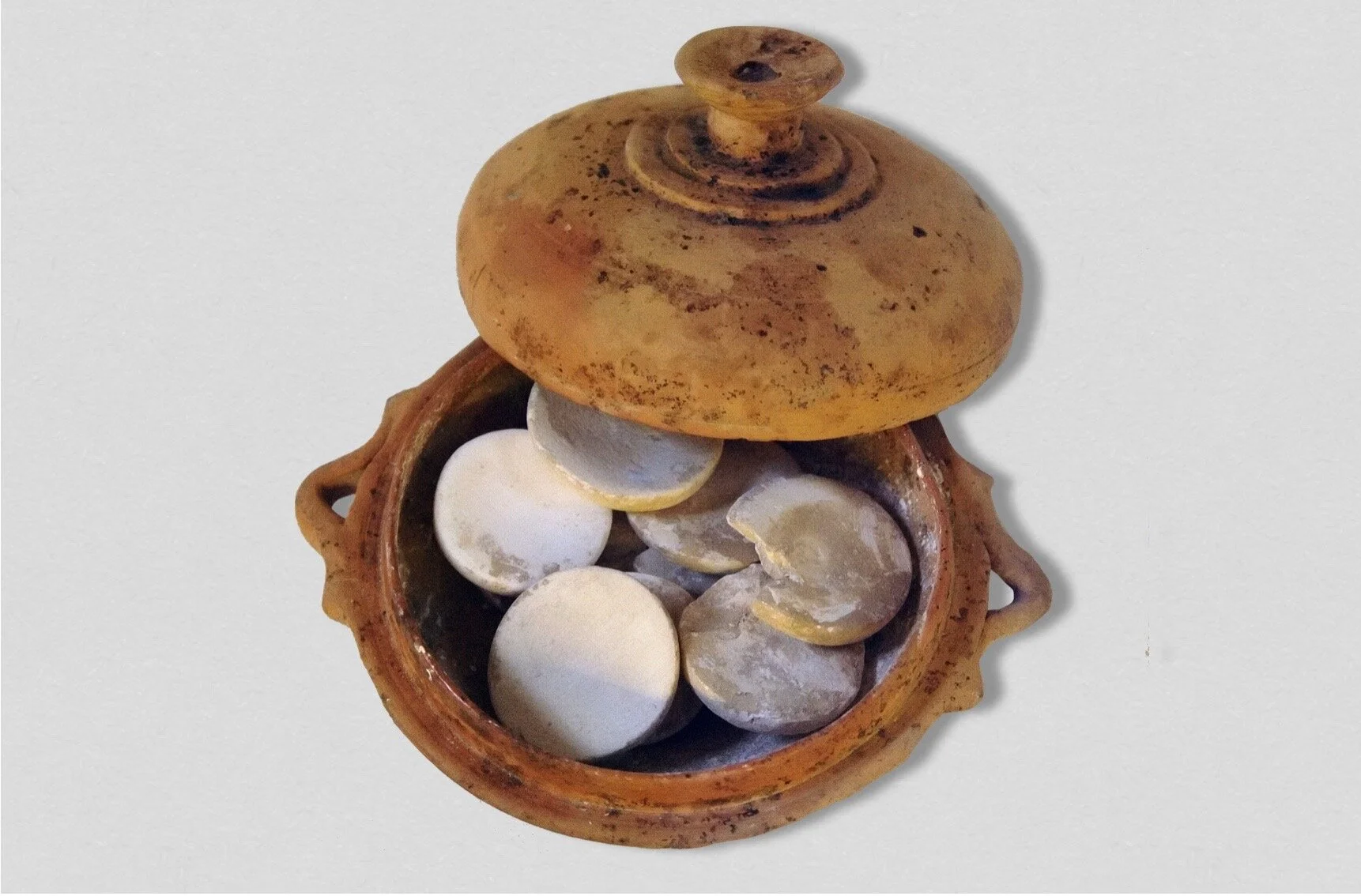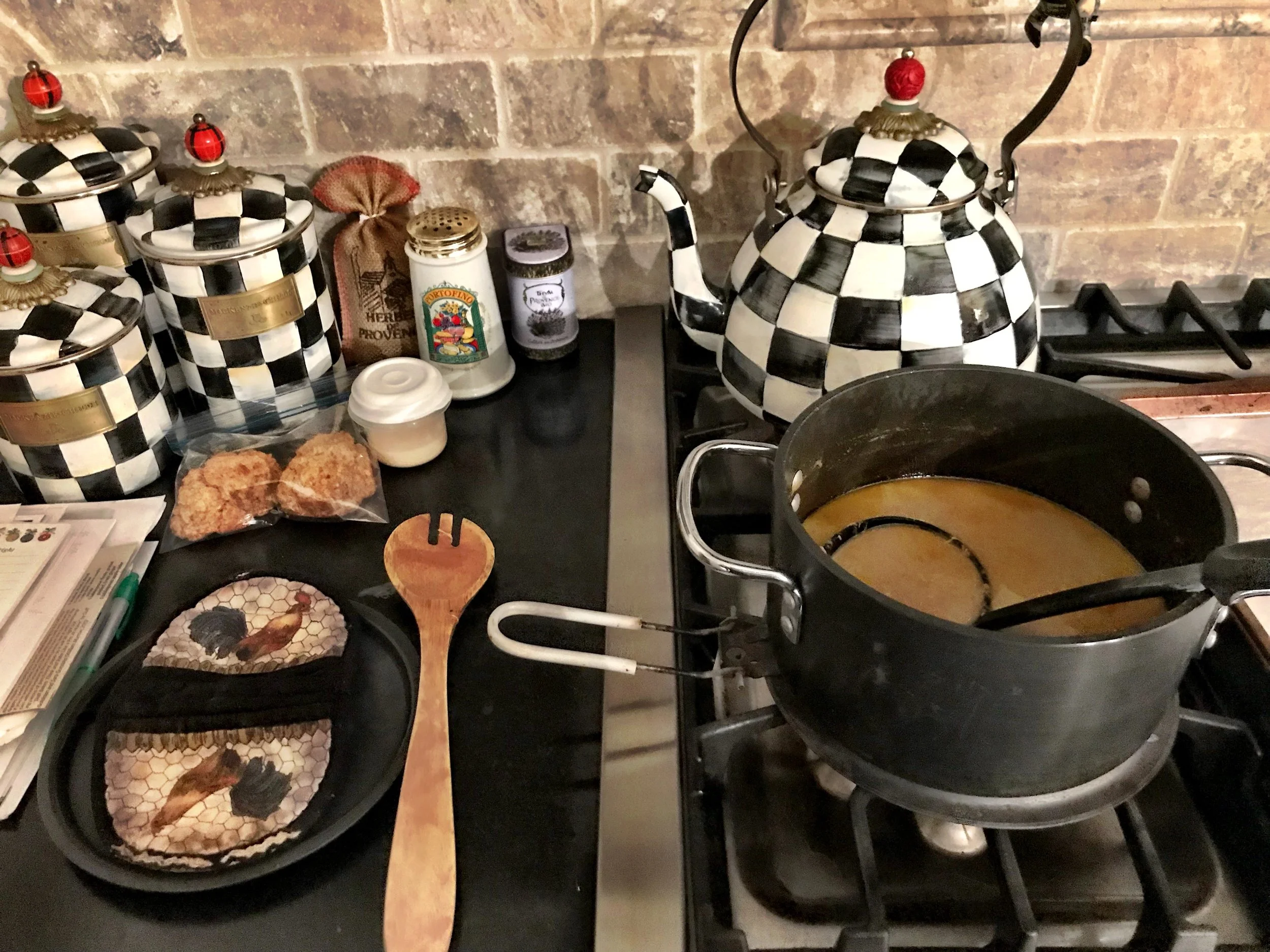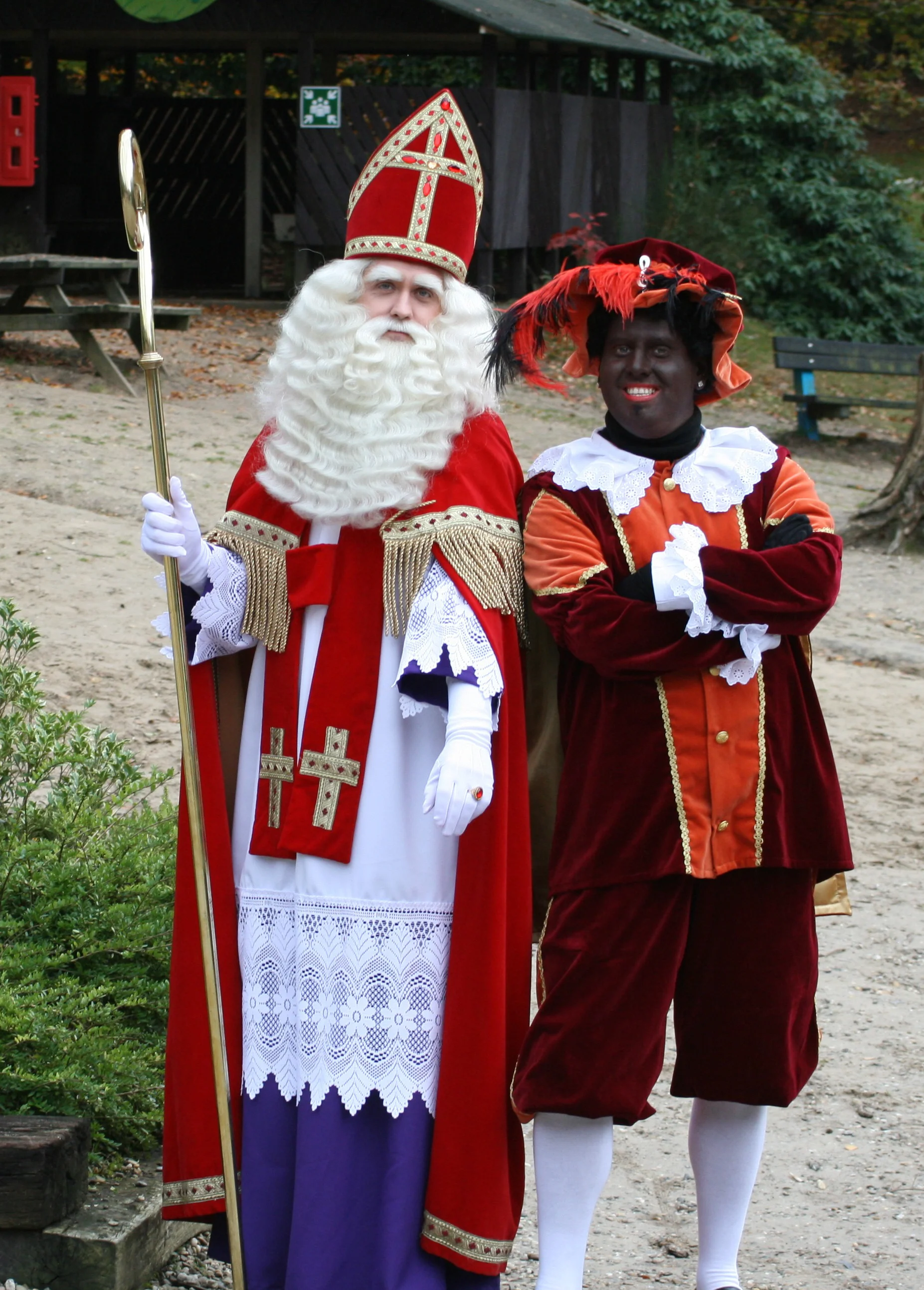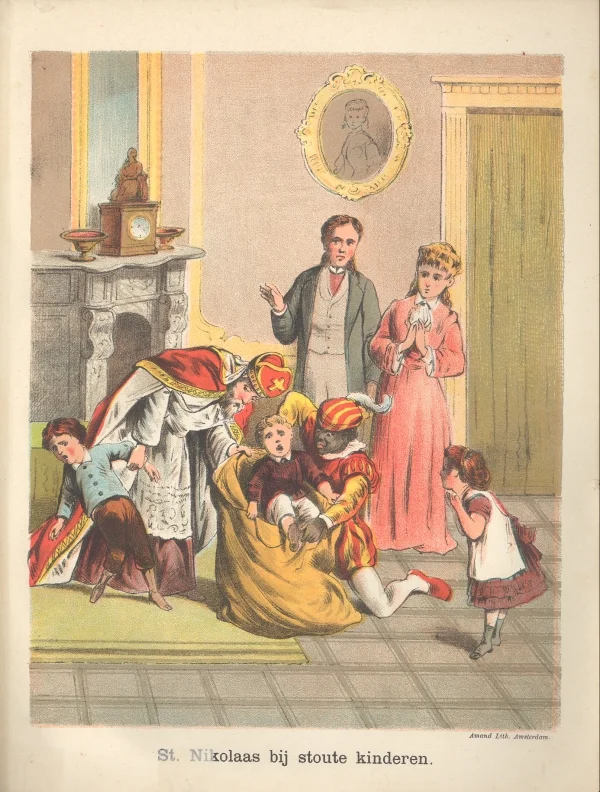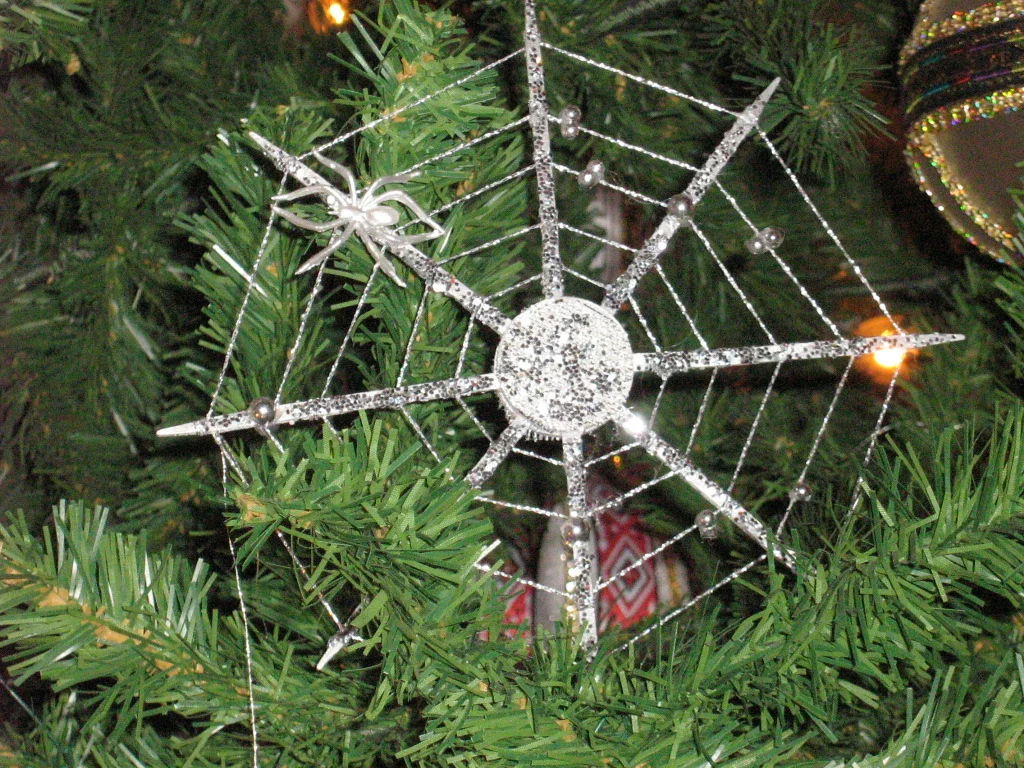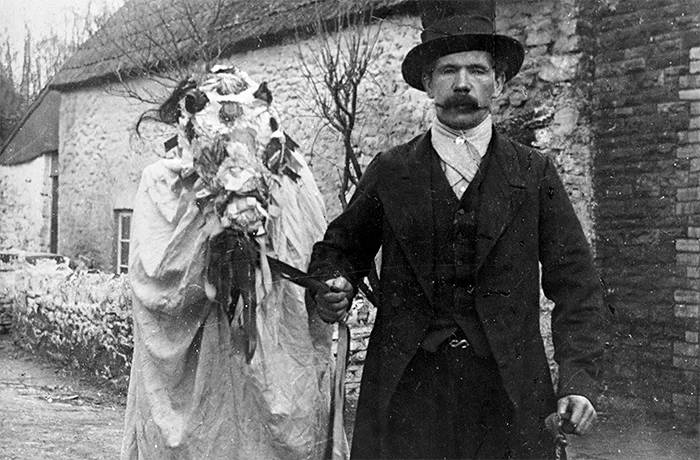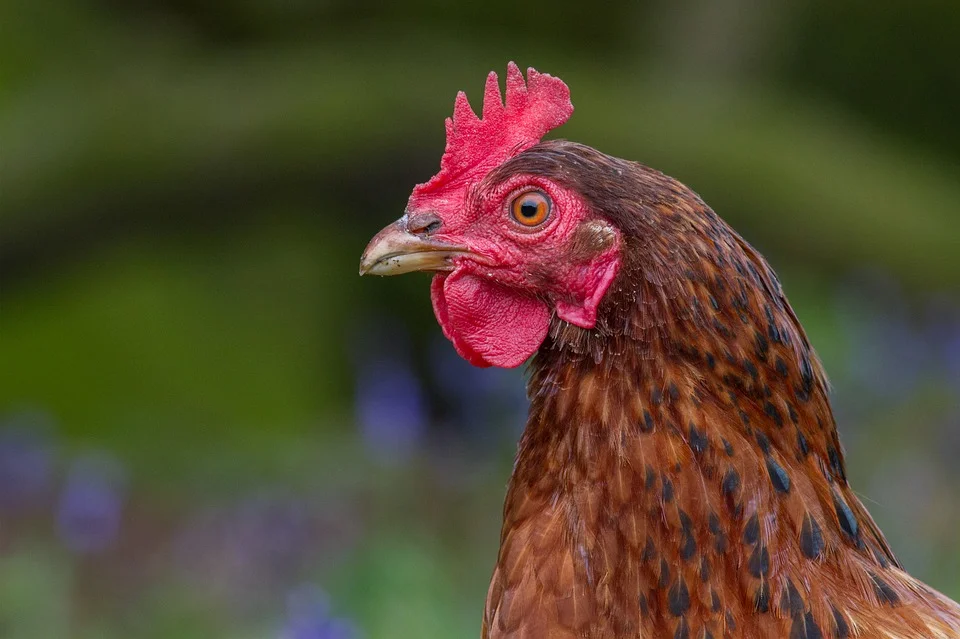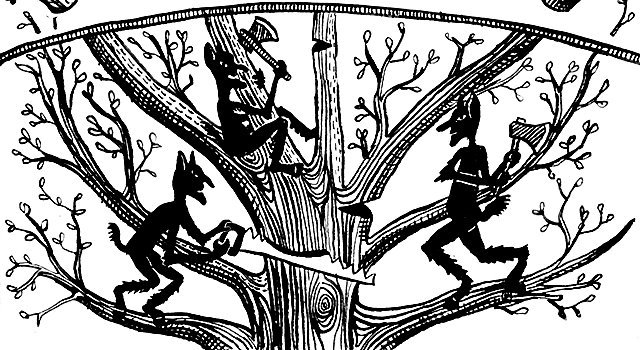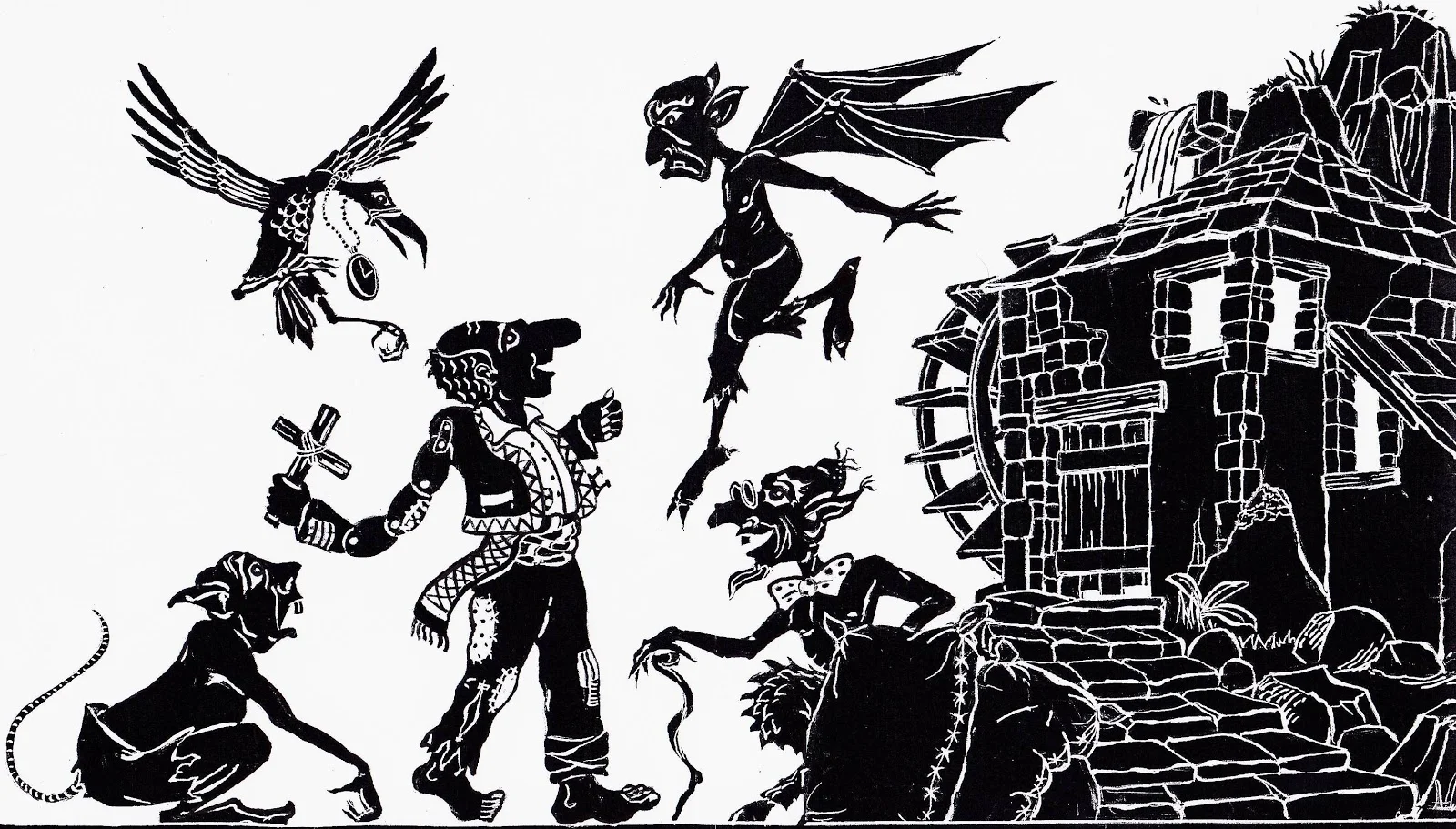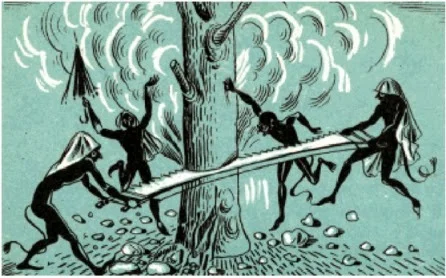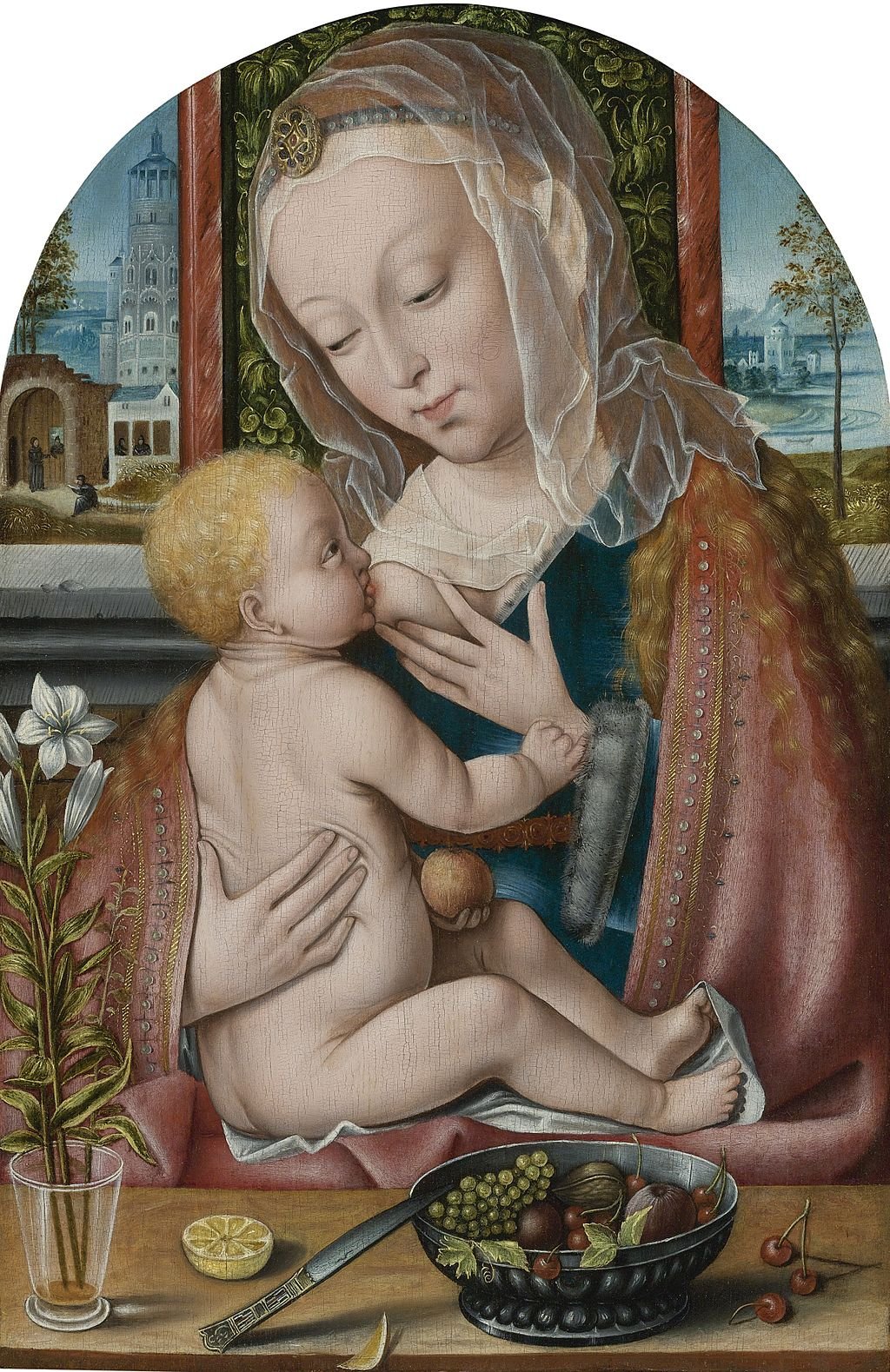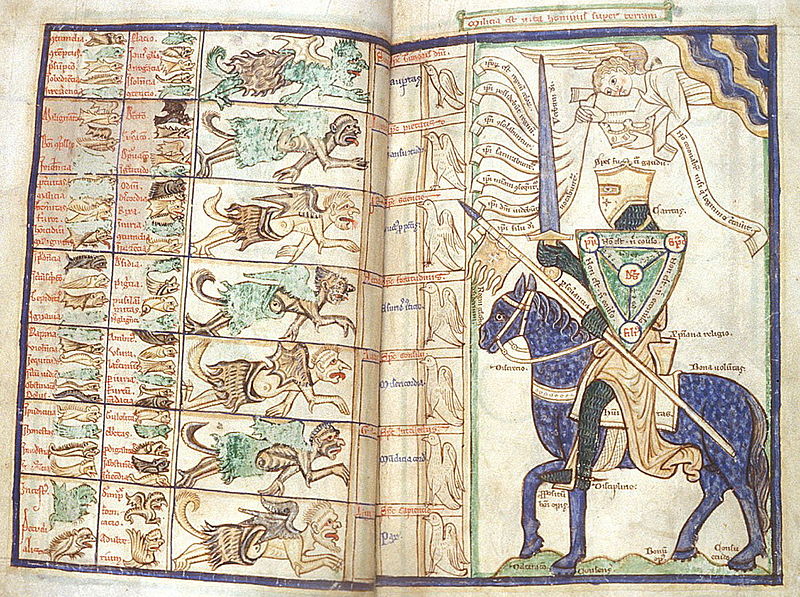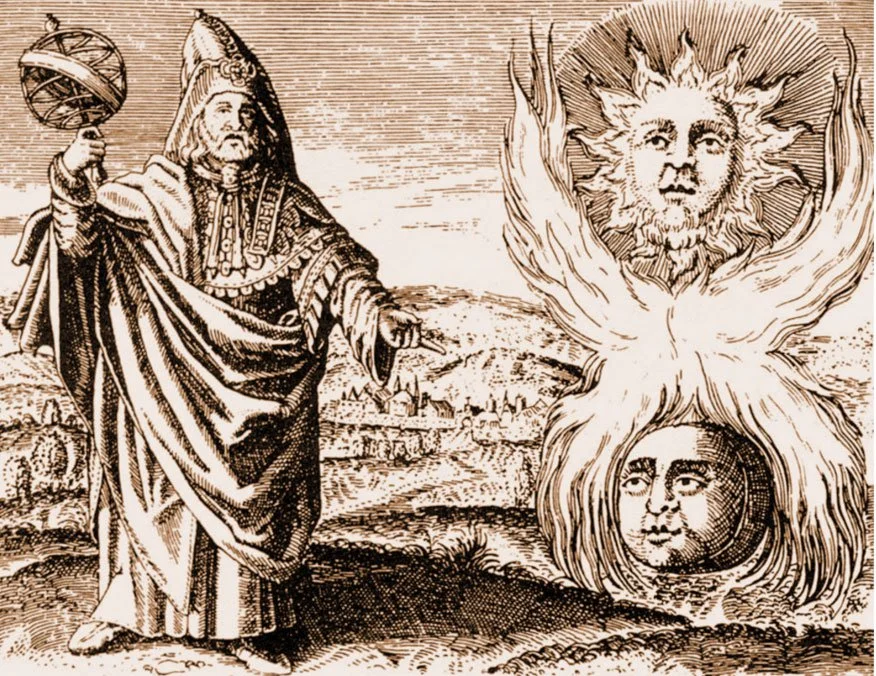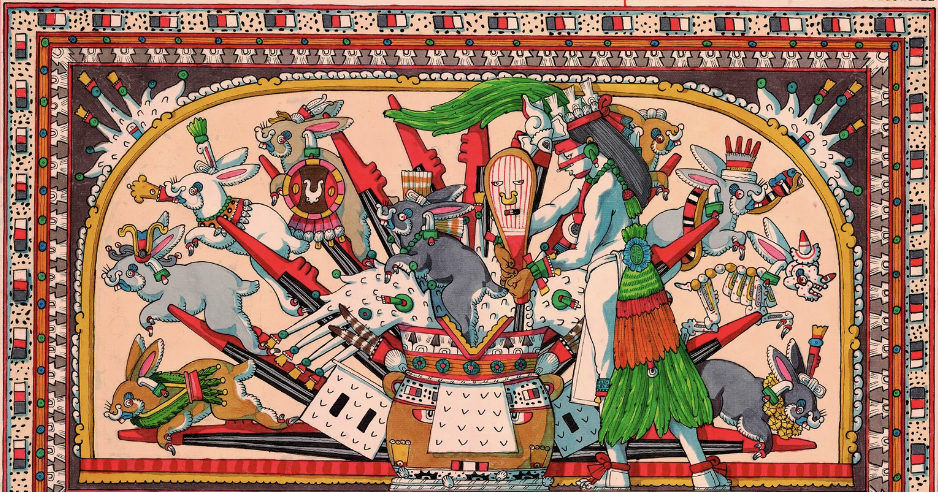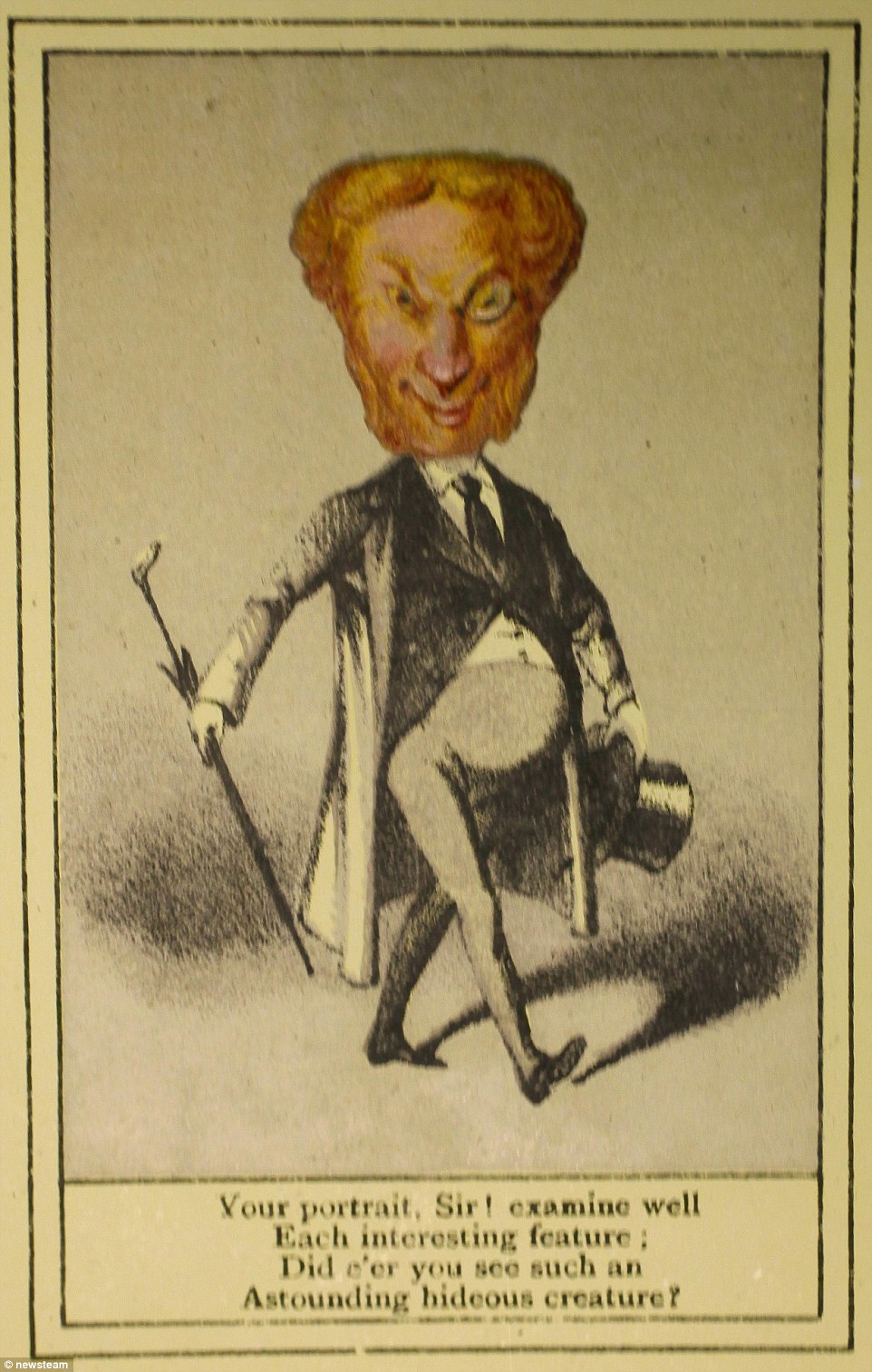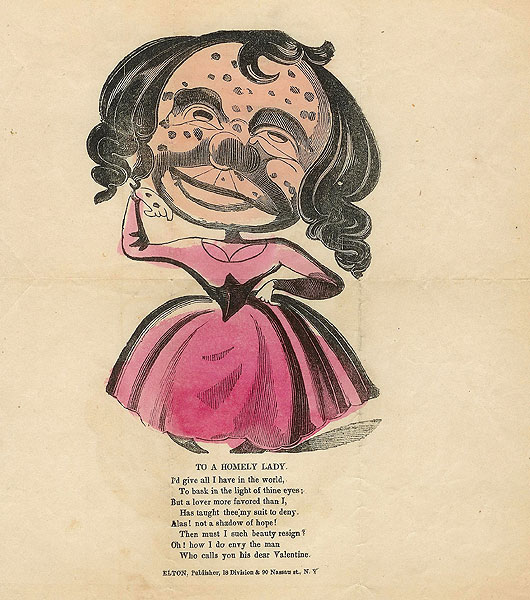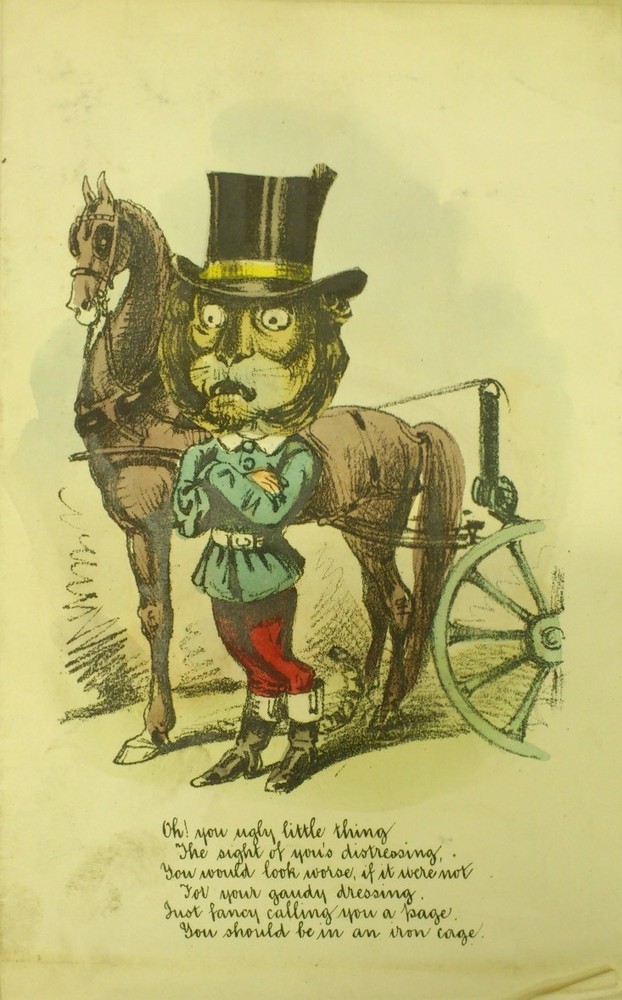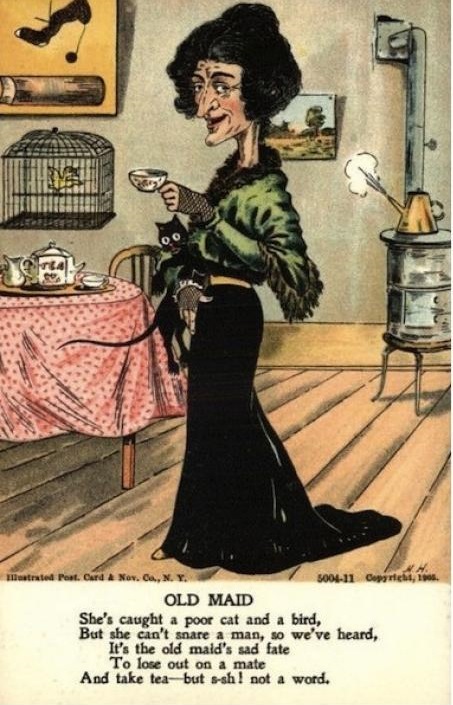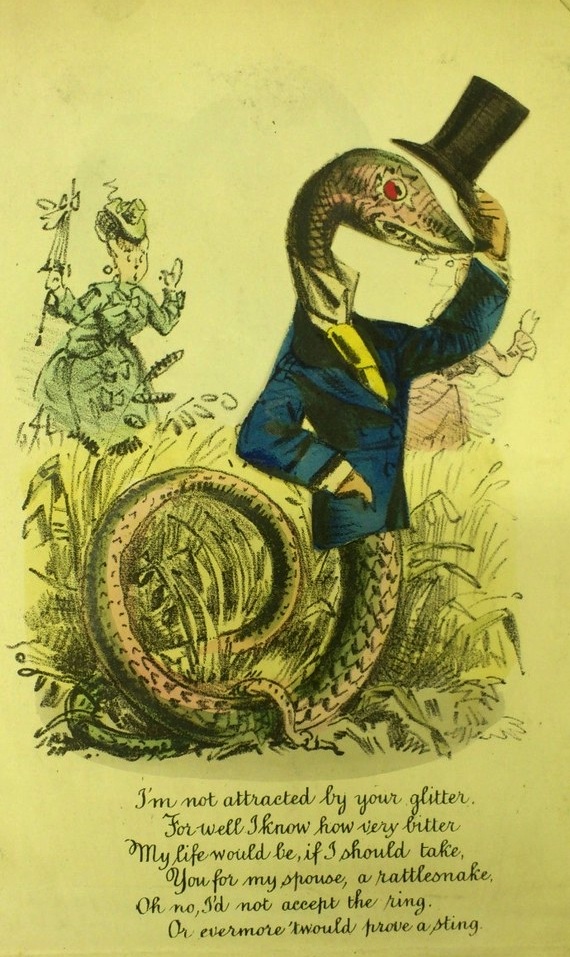From Aztec “cactus blood” to British redcoats to a Starbucks scandal, cochineal has long been coveted. Just don’t tell your vegetarian friends they’ve probably eaten bugs.
Who’d have thought that a tiny cactus-eating bug would end up being responsible for one of the most-sought-after dyes?
Primal and elemental, the color red is associated with such varied emotions as love, sin, anger — and even, thanks to Charles Dickens — the frustration that comes from red tape, a metaphor for the rigid rules and procedures of bureaucracy.
First coveted by the ancient Aztec and Inca civilizations, the highly prized crimson dye-producing cochineal insect has been used since then to create the color red. It even enabled the Spanish Crown to finance its empire for nearly two centuries.
“It takes nearly 70,000 cochineal bugs to make a single pound of red pigment. ”
For a long time, a Mexican bug had the entire world seeing red.
Bugging Out: The Nopal Cactus and the Cochineal
Although occasionally referred to as a beetle, cochineal (pronounced “coke-in-neel”) is in fact a scale insect, a parasitic bug that attaches itself to a host plant, drawing sustenance from it. They’re about the size of a peppercorn and resemble a burgundy-colored piece of gnocchi.
It’s the female cochineal bugs that can be used to create red — it just takes 70,000 of them to make 1 pound of dye.
At maturity, it produces a white, cottony covering as camouflage to hide from predators. Clusters can be found in abundance on the wide, flat “paddles” or “pads” of the nopal, the fruit-bearing prickly pear cactus. In addition to their downy coats, the female cochineal produces a chemical called carminic acid, which is the source of the color used to make a red dye.
The lifecycle of a Polish variety of the cochineal insect
The Aztecs were the first to domesticate cochineal and referred to the insects as nocheztli, Nahuatl for “cactus blood.” A colorfast pigment was produced by harvesting and grinding the dried carcasses of the female cochineal bug into a fine powder. In the dyeing process, a mordant is used to fix the color. Different metallic compounds yield different shades. Aztecs often added a mordant of aluminum sulfate to the dye bath to bind the carminic acid to ritual and ceremonial textiles worn by their rulers as a symbol of wealth and status.
A red to dye for
Blood Money
Cochineal quickly became a prized commodity for Spain soon after Hernán Cortés and the conquistadors discovered macnu, the scarlet-colored pigment sold in cakelike form in the Aztec markets of Tenochtitlan. The Spanish saw the commercial value of these bugs, which quickly became the third-most valuable export of the New World, after gold and silver.
Nothing in Europe could match the bright red that came from the cochineal bug. The Madonna With the Iris, from the workshop of Albrecht Dürer, circa 1500-1510
Cochineal red finally escaped the clutches of Spain-controlled Mexico, thanks to a sneaky botanist named Thiéry de Menonville. Here are pages from his sketchbook showing cochineal and the nopal cactus.
It takes nearly 70,000 insects to make a single pound of pigment. At the time, Europe didn't have a dye that matched the brilliance and longevity of cochineal. For this reason, cultivation was restricted to Spanish-controlled Mexico from the 16th century up until 1777, when a young French botanist by the name of Nicolas-Joseph Thiéry de Menonville managed to smuggle cochineal-infested cactus pads to Haiti.
Some of the iconic redcoats of the British military were dyed with cochineal — the fact that they somewhat masked blood stains was a bonus.
The Redcoats Used It, as a Madder of Fact
The term “redcoats” was coined in Tudor Ireland to refer to the British military uniform, which included the now-iconic fiery red jacket.
Only officers’ coats were dyed scarlet with cochineal bugs.
After passing the New Model Army ordinance in 1645, the British military officially adopted red as its uniform color. Most were dyed a rusty red using the cheaper and more accessible madder root. The costlier scarlet obtained from cochineal was reserved for officers and sergeants. It’s said that red was used because it wouldn’t show blood stains, but blood dries to a blackish color, and this is believed to be a myth.
Taste the rainbow — as well as some bugs! Prior to 2009, the “natural color” used to make your favorite red candies, including Skittles and Starburst, came from dried, ground-up cochineal insects.
Food for Thought: You’re Eating Bugs!
Not limited to clothing, cochineal (or carmine, as it’s also called) is used to give alcoholic beverages, cosmetics, shampoo and pharmaceuticals a bright red color.
It’s also used in food. In 2012, cochineal made headlines when Starbucks faced a public relations furor. Vegetarians and others who didn’t like the idea of eating bugs learned that the source of the red color in popular food items such as their Red Velvet Whoopie Pie and Strawberries and Crème Frappuccino contained insect guts.
But the U.S. Food and Drug Administration has tested and approved cochineal as a food coloring. To make this more appealing to consumers, it's often listed by other designations. So the next time you’re picking up something at the store, watch out for these ingredients, which are all other names for cochineal or carmine: E120, carminic acid, crimson lake or natural red 4 — because, really, what’s more natural than bugs?
I’ve unintentionally swallowed my fair share of insects while riding my bike to work. Sure, it’s gross — but compared to synthetic red dyes such as Red No. 2 and Red No. 40, which carry far greater health risks and are derived from coal or petroleum byproducts, bugs sound positively appetizing. –Duke







